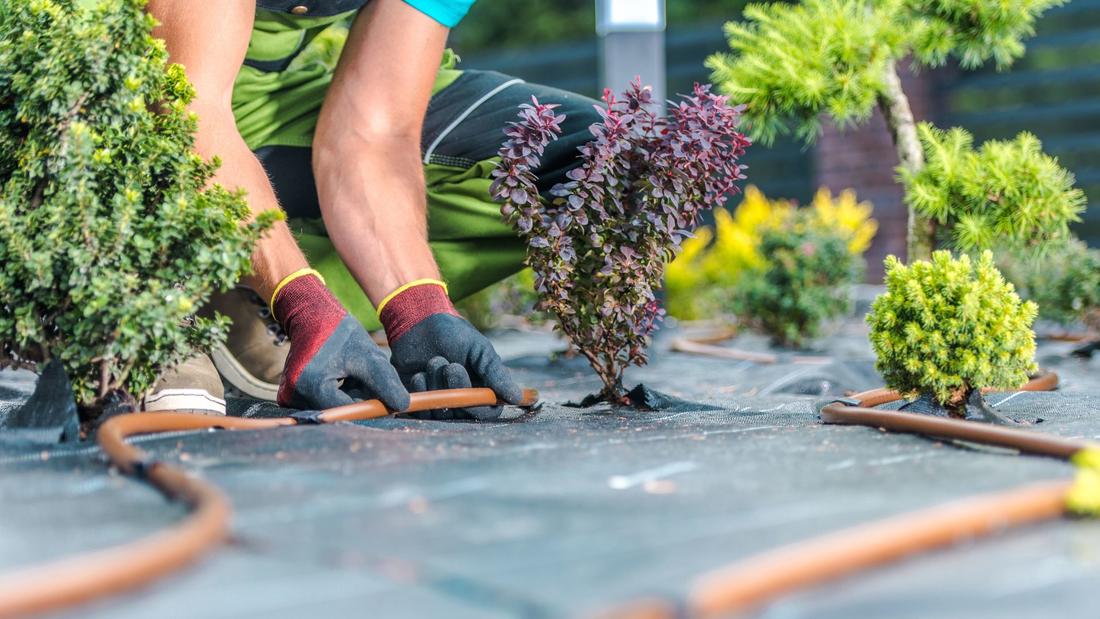What is an irrigation meter?
An irrigation meter, or lawn meter, measures how much water you use outside, like watering your yard or filling a pool. Depending on how much water you typically use in a month, adding an irrigation meter may or may not save you money.
Note: Even if you install a potable water irrigation meter, you will still be billed at the same potable water consumption rate as you would for the potable water that you use indoors. Only reclaimed water irrigation usage is billed at a lower rate.

